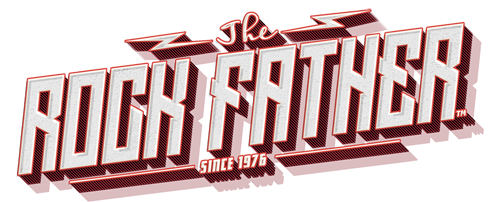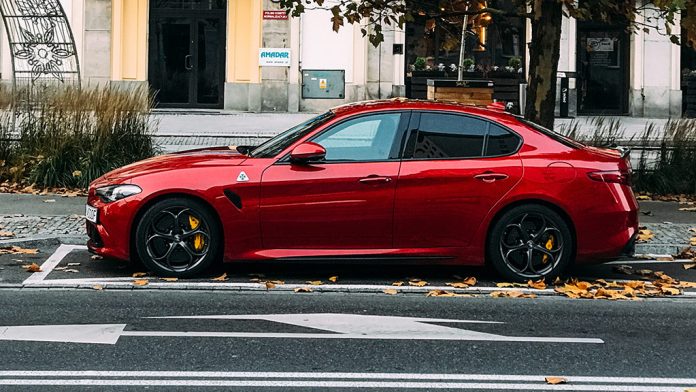The evolution of vehicles is a fascinating journey that reflects advancements in technology and changes in society, culture, and the environment. From the early days of steam-powered carriages to today’s electric and autonomous vehicles, the development of transportation has been pivotal in shaping our world. Vehicles play a monumental role in daily life in the U.S. alone, collectively traveling trillions of miles every month. This article explores the various dimensions of this evolution, highlighting key milestones and innovations that have transformed the way we travel.
The Mileage Milestone: Trillions of Miles Traveled
One of the most remarkable aspects of vehicle evolution is the sheer scale of travel they facilitate. In America, vehicles collectively travel trillions of miles every month, showcasing not only the vast network of roads and highways but also the growing reliance on personal and commercial transportation. This staggering figure reflects the integration of vehicles into the fabric of American life, where they serve as essential tools for commuting, freight transport, and leisure activities.
The evolution of vehicles has made long-distance travel more accessible and efficient. Early automobiles, such as the Model T, revolutionized personal transportation in the early 20th century but were far from perfect. With limited speed and reliability, long journeys were a challenge. Today’s vehicles, equipped with advanced navigation systems, fuel-efficient engines, and state-of-the-art safety features, have transformed how we travel. The miles we cover are not just numbers; they represent experiences, economic growth, and community connections.
Sales Surge: The Market Landscape
The vehicle market has witnessed remarkable growth over the years. According to ConsumerAffairs.com, in 2023, about 3.12 million cars were sold in the U.S., resulting in approximately $15.5 million in combined sales of cars and light trucks. This surge illustrates a robust automotive industry that continually adapts to consumer preferences, technological advancements, and economic conditions.
The significant number of vehicle sales underscores the diverse range of options available to consumers today. The automotive market caters to various needs and lifestyles from electric cars to SUVs. The introduction of electric vehicles (EVs) represents a pivotal moment in automotive evolution, driven by concerns over climate change and the desire for sustainable transportation solutions. Major manufacturers are investing heavily in EV technology, leading to innovations that make electric cars more efficient, affordable, and appealing to a broader audience.
Transmission Transformation: Manual vs. Automatic
One of the most significant technological advancements in vehicles has been the development of transmission systems. According to HowStuffWorks, there are two big differences between automatic and manual transmissions. First, an automatic transmission car doesn’t have a clutch pedal or gear shift. Second, once you put an automatic transmission into drive, everything else is automatic. This simplicity has greatly enhanced the driving experience for many, making vehicles more accessible to a broader range of drivers.
The shift from manual to automatic transmissions has revolutionized driving, particularly in urban environments where stop-and-go traffic is common. Automatic transmissions allow drivers to focus on the road rather than the mechanics of shifting gears, enhancing safety and comfort. This change reflects a broader trend in the automotive industry towards automation and ease of use.
The Bottom Line
The evolution of vehicles over the years is a testament to human ingenuity and adaptability. From their humble beginnings to their current state of sophistication, vehicles have transformed how we travel and connect with the world around us. As we face new challenges, including environmental sustainability and technological advancements, vehicle evolution is far from over. By understanding this history, we can better appreciate vehicles’ role in our lives and anticipate the innovations that lie ahead.



